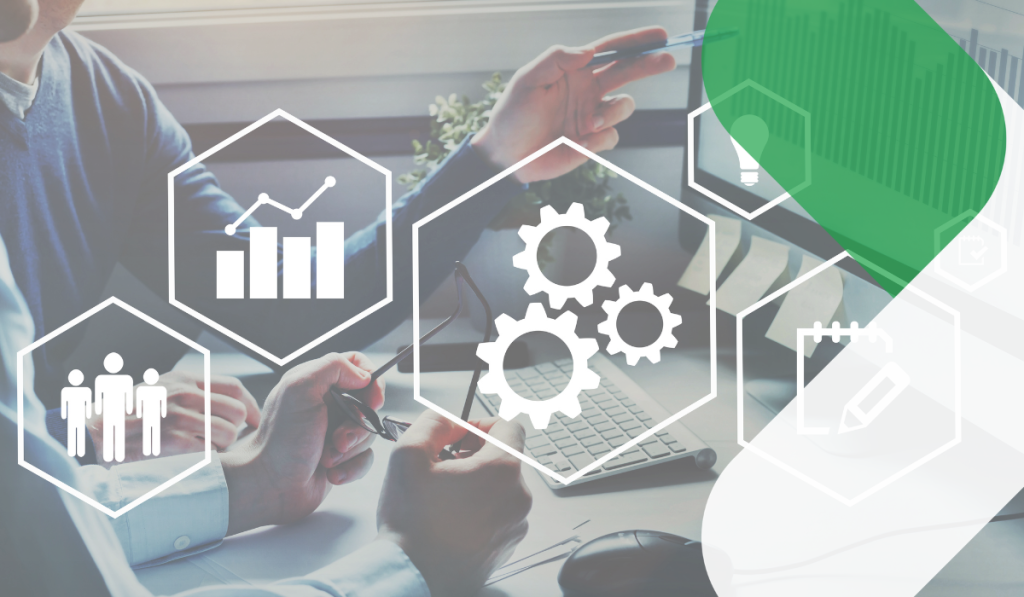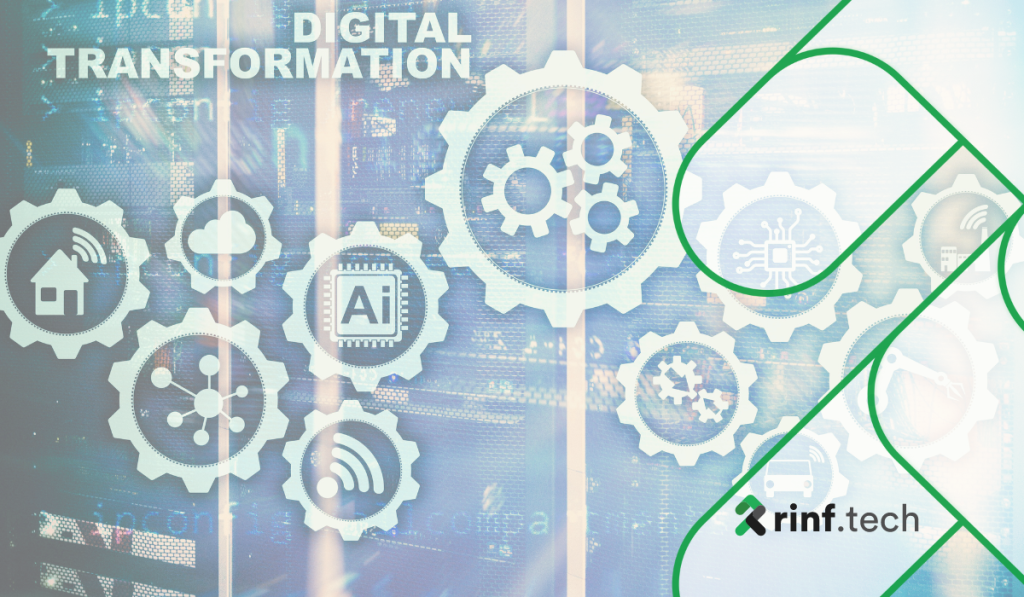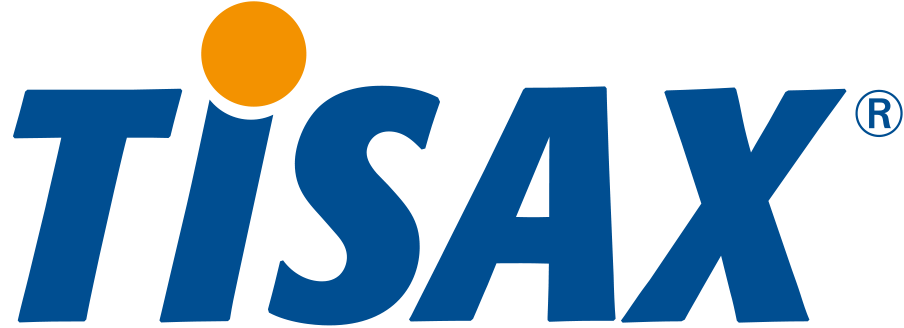The process of creating next-generation software solutions is difficult for many enterprises today. In the future, those who can quickly adopt the newest technologies and offer innovative solutions in a short time to market will have a big competitive advantage.
Although Agile has long been the most popular approach, there are other options. There’re other working software development methodologies outside of Agile, including Waterfall, Design Thinking, and DevOps/DevSecOps.
Agile
Agile quickly emerged as the most popular methodology in software development. Its distinctive feature is the focus on iteration, making it possible to quickly produce high-caliber software solutions. Agile has also evolved into several frameworks and managerial approaches, including Scrum and Kanban. Collaboration with customers, responsiveness, and the prompt release of functional software are prioritized in its guiding principles.
There are 5 stages in the Agile software development life cycle: ideation, development, testing, deployment, and operations.
Stage 1 – Ideation
The first step to successful software development using the Agile methodology is creating a project vision. To do this, the product owner works closely with stakeholders, business teams, developers, and application users to develop an idea that achieves their purpose and goal. This includes documenting and prioritizing user and business requirements and allocating resources accordingly. Once the vision is established, the Agile team can move forward with development.
Stage 2 – Development
Once the ideas have been generated, teams can start building the initial version of the software. This development phase involves all activities associated with the Software Development Lifecycle (SDLC), such as user experience/user interface design, architecture, and coding. Creating the initial version of a software product is usually the most time-consuming stage in an Agile software development process.
Stage 3 – Testing
The development process has been successful and the Agile team is satisfied with their first iteration of the solution. Before it can be released, however, it must go through Quality Assurance (QA). The QA process includes testing for code cleanliness, addressing bugs and errors, as well as running trial runs to ensure full functionality of the app. By thoroughly testing the application, the Agile team can guarantee a product of high quality that meets customer expectations.
Stage 4 – Deployment
Once the app is prepared for launch, the Agile team will deploy it to either a cloud or an on-premise server. With deployment comes the feeling of accomplishment: You did it! However, there is still one final step in the SDLC that needs to be taken before you can fully celebrate.
Stage 5 – Operations
Once the magic button is pressed, the development process doesn’t stop there. Regular maintenance ensures the app remains bug-free and functions as intended. Additionally, user feedback can be collected to make further improvements that can be released with future updates. Keeping a close eye on user engagement will also help identify areas where more optimization is needed. With ongoing support, the app can continue to meet user needs and stay at the forefront of innovation.
Waterfall
The traditional software development technique “Waterfall” first appeared in the late 1970s and early 1980s. It uses a development process that is linear and divided into distinct phases. Planning and conducting a thorough product study can save time and money. However, created portions of code might need to be abandoned if a project is poorly planned out in advance.
System and software requirements, design, coding and implementation, testing, and deployment and implementation are the five stages of the waterfall methodology. The first part of a project is when project managers decide on costs, risks, and metrics; the design phase is when the best logical design for the system architecture is found. Software development starts in the third period, and in the fourth, there is extensive testing. The last stage entails making the software usable and releasing updates and new features on a frequent basis.
Design Thinking
The user-centered problem-solving approach, “design thinking” has been increasingly adopted in the software development industry in recent years. It is a procedure that entails comprehending customer requirements, outlining the problem, coming up with solutions, prototyping, and testing.
Design thinking helps developers better understand end users’ needs and issues, leading to more effective and user-friendly solutions. By incorporating design thinking into the software development process, teams can produce software that benefits users.
DevOps/DevSecOps
DevOps and DevSecOps, two software development methodologies, focus on fostering collaboration and communication between development and operations teams. While DevOps emphasizes the integration of development and operations teams to increase the speed and quality of software delivery, DevSecOps takes a more comprehensive strategy by incorporating security into the development process.
Continuous testing, merging, and delivery are all a part of DevOps and DevSecOps, which raises the effectiveness and standard of software releases. These methodologies are particularly relevant to creating business software, where large teams take on difficult tasks.






